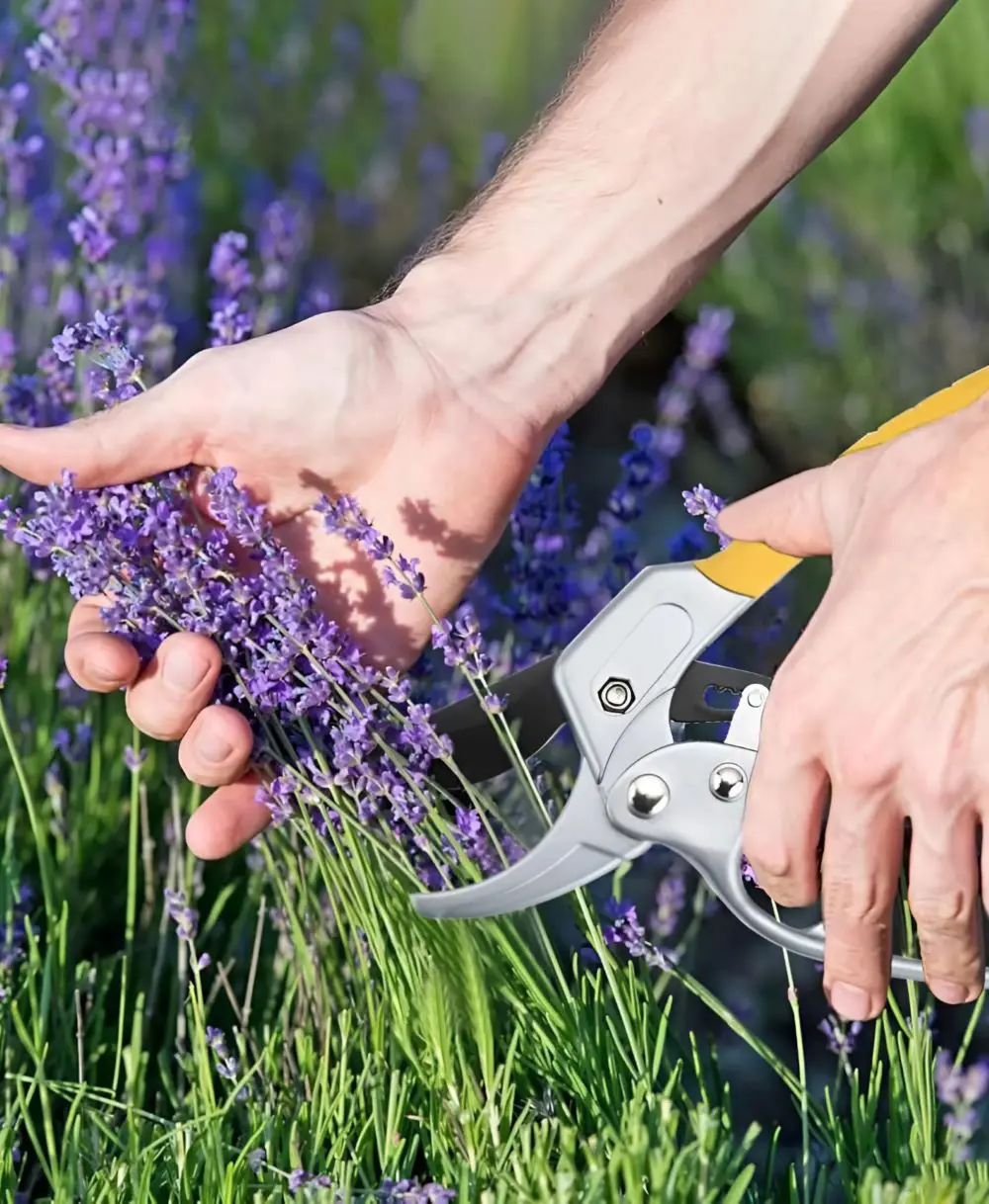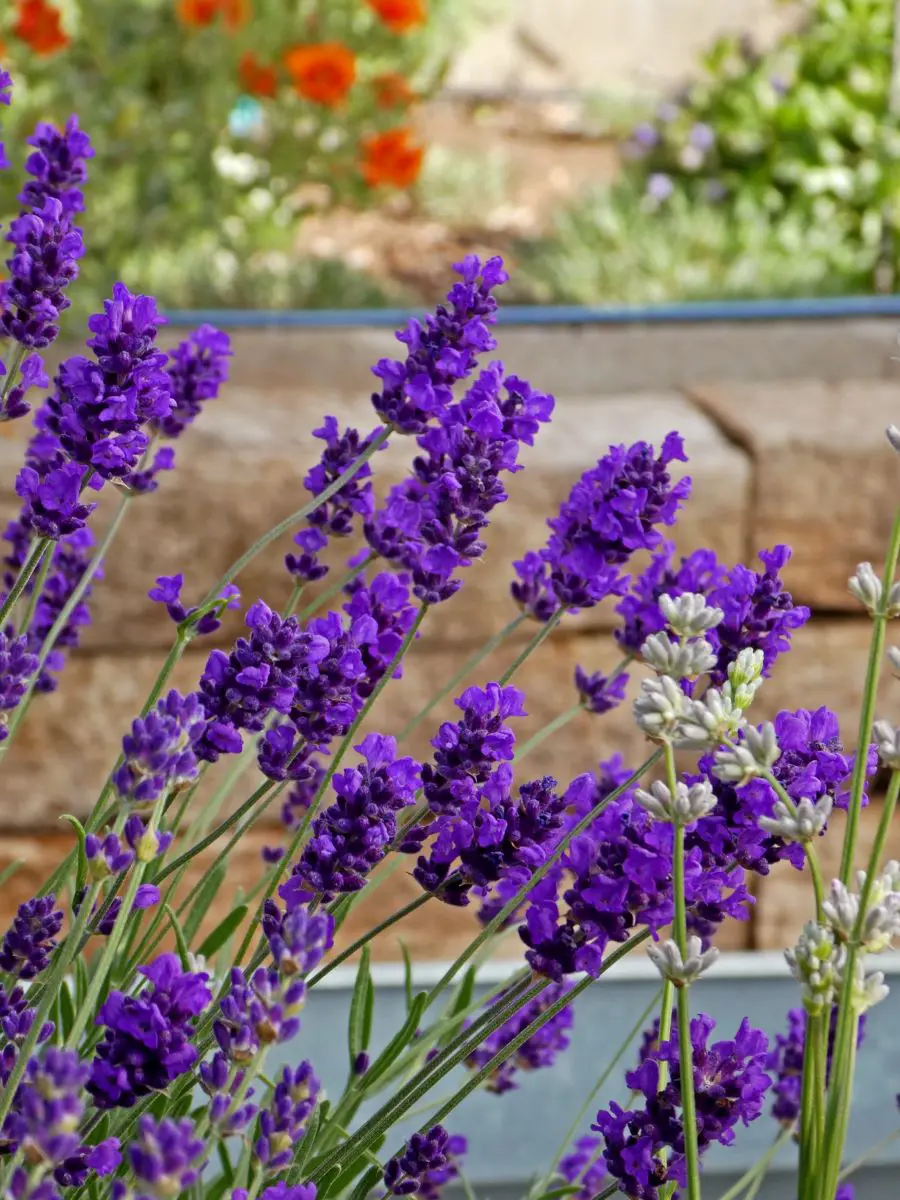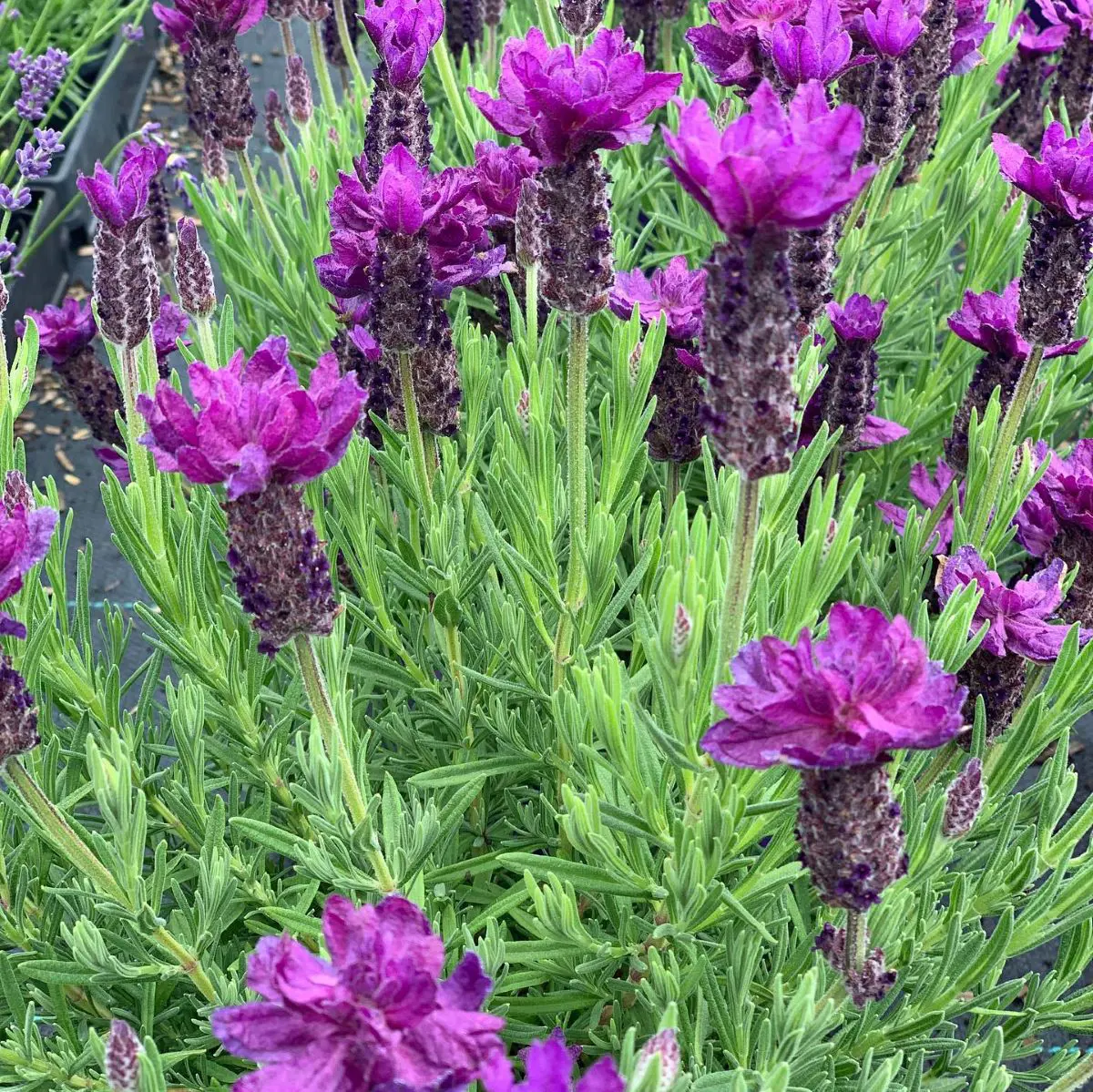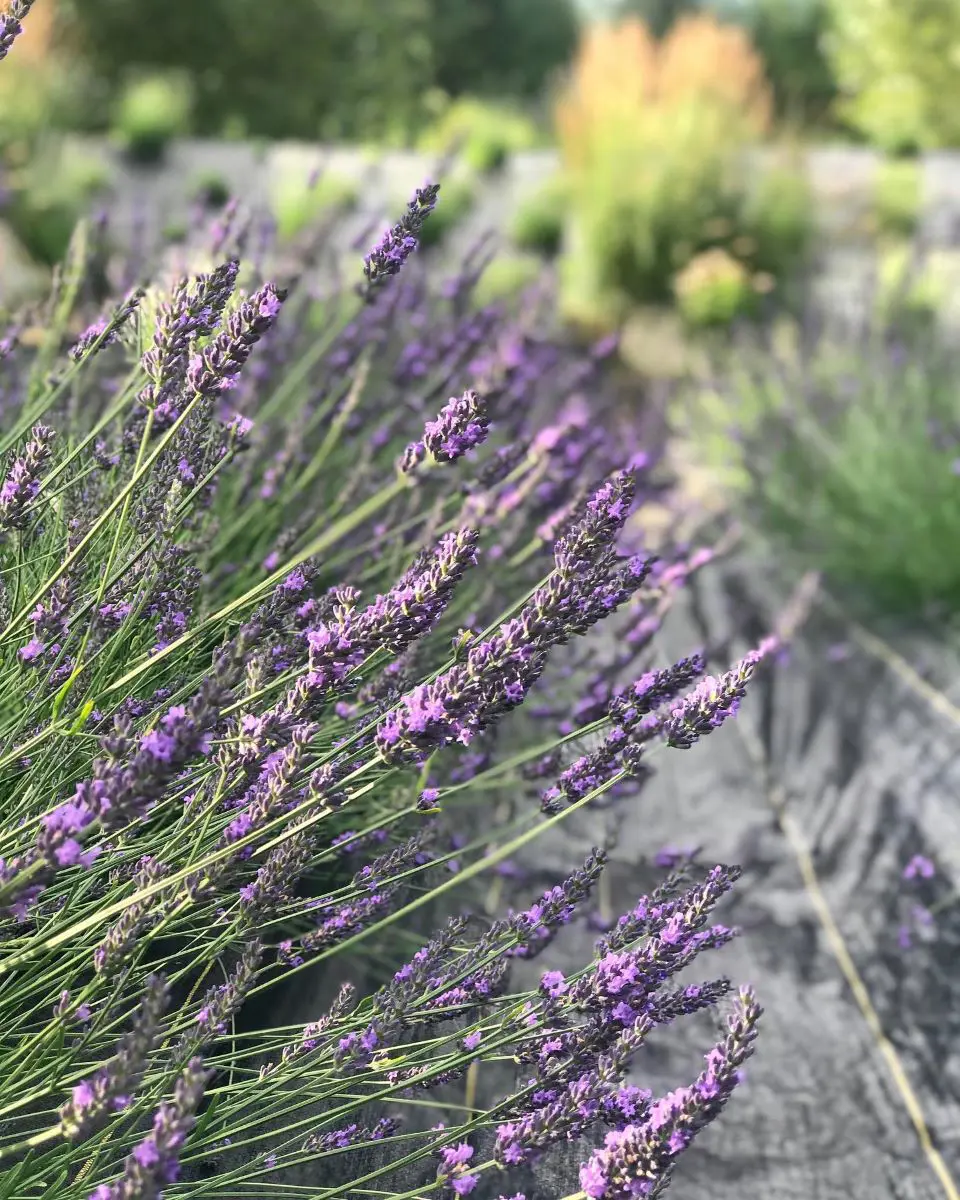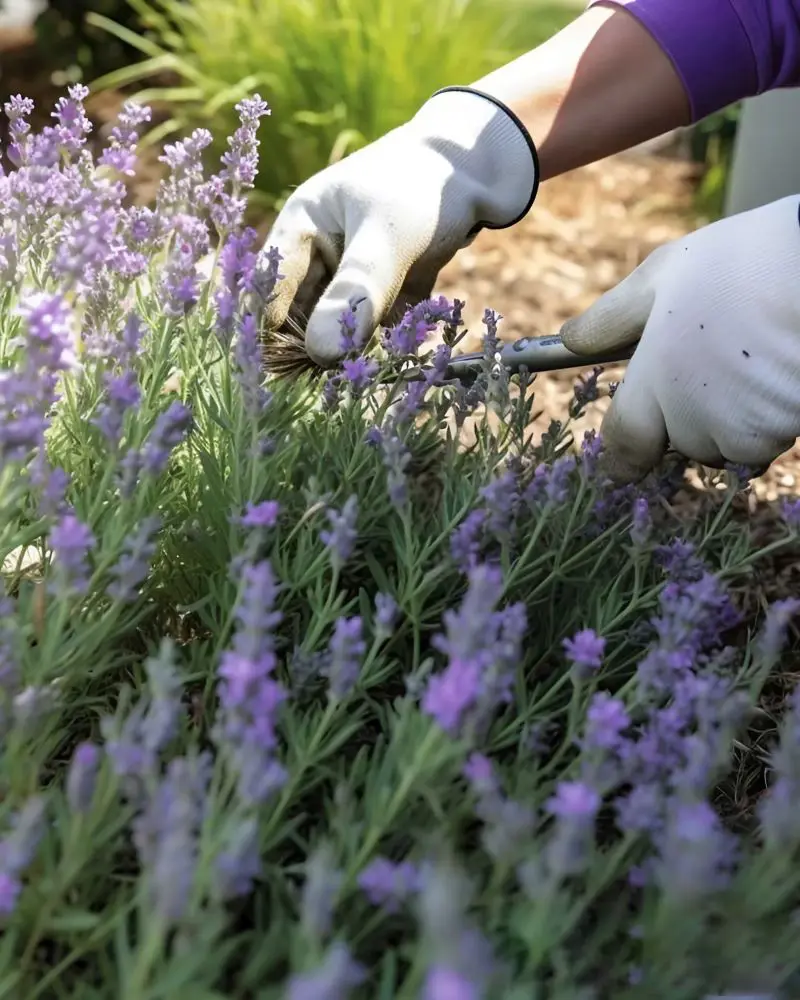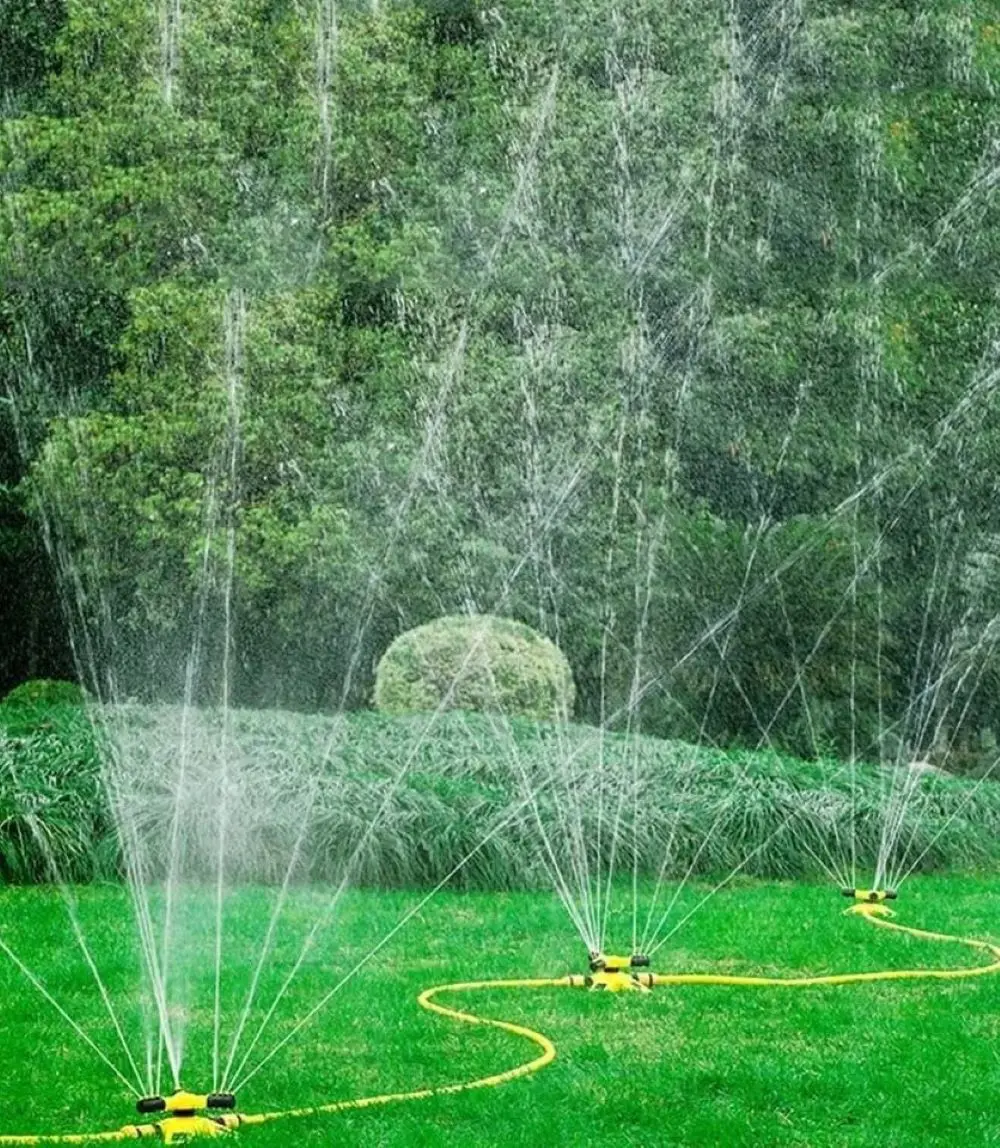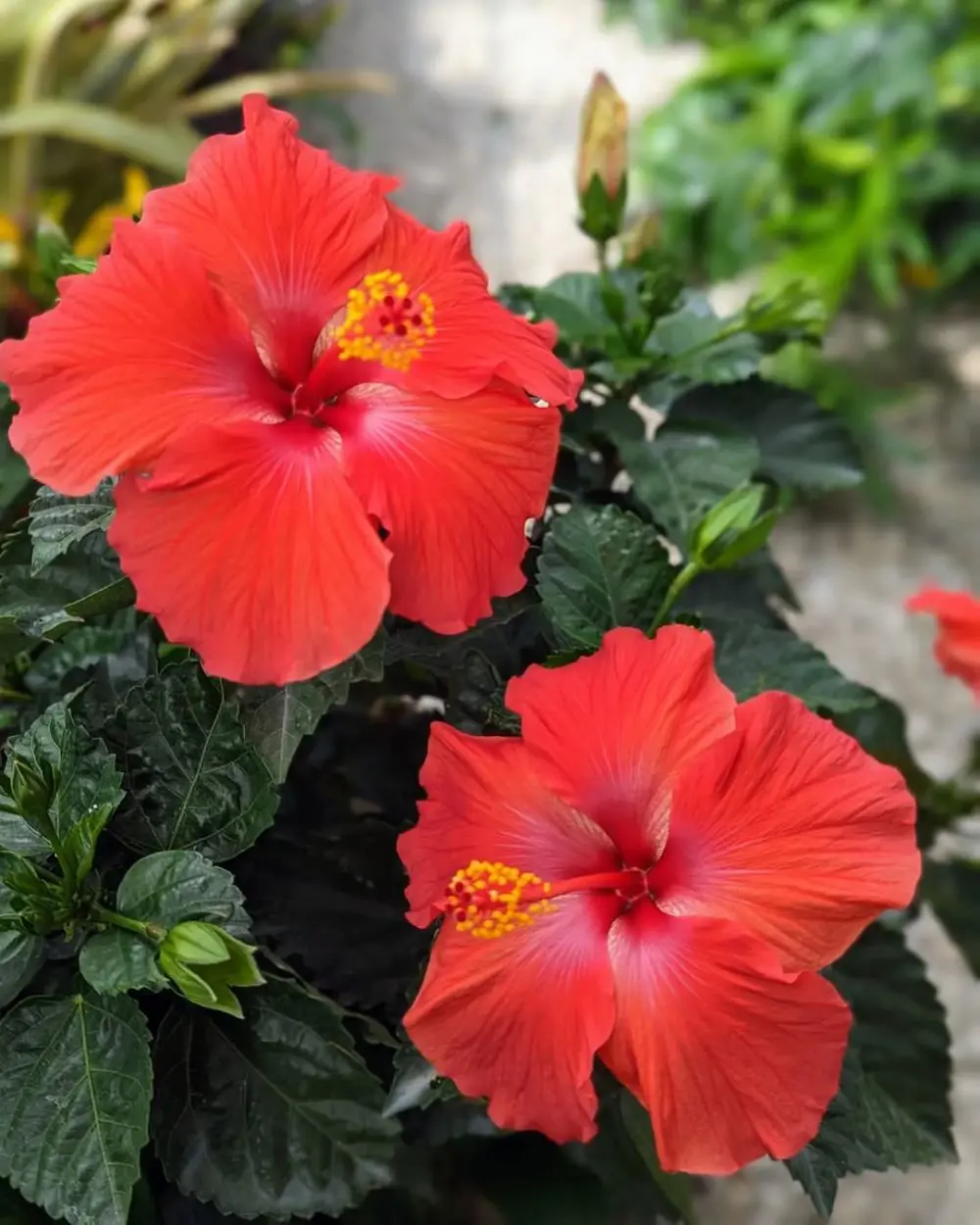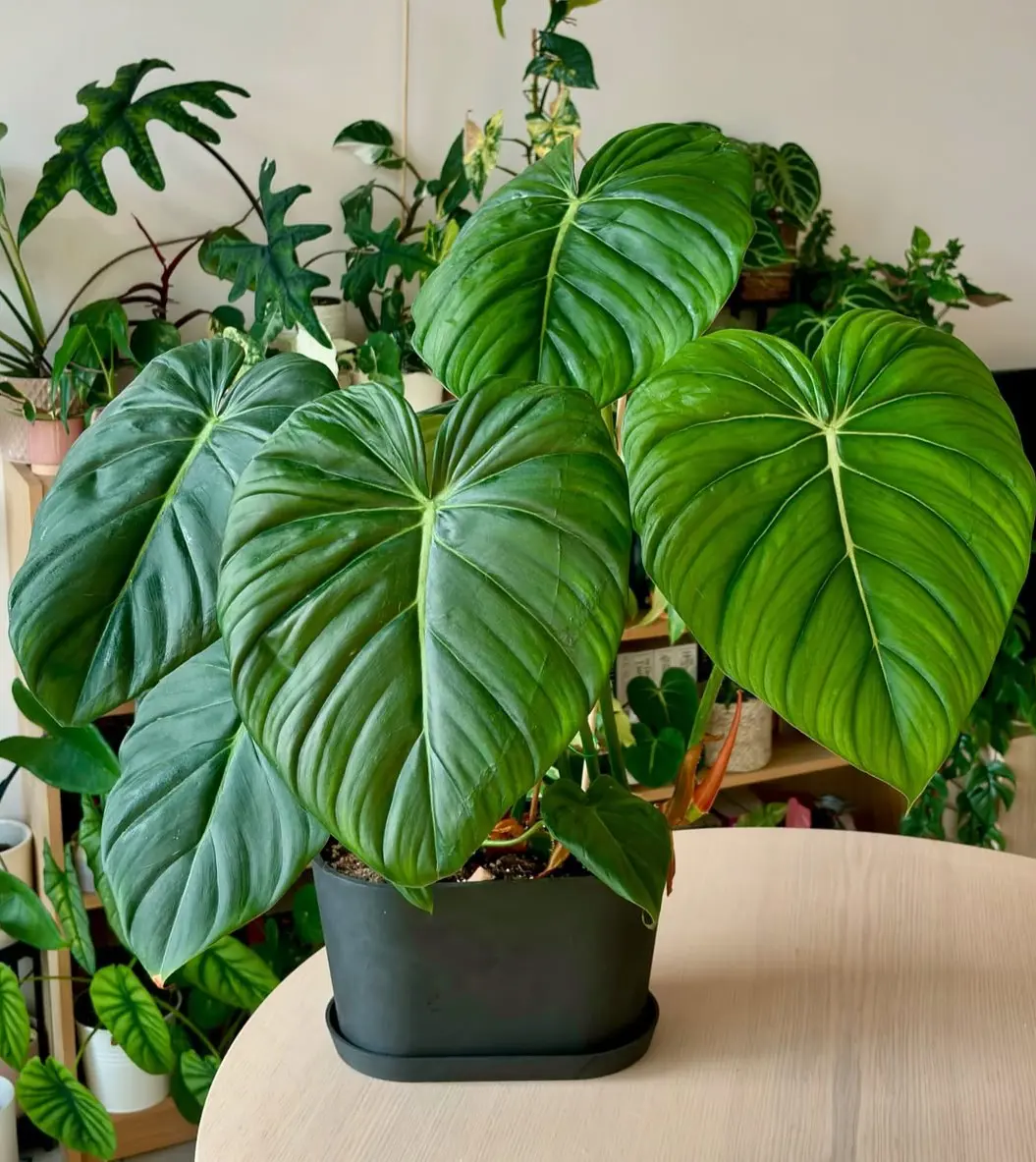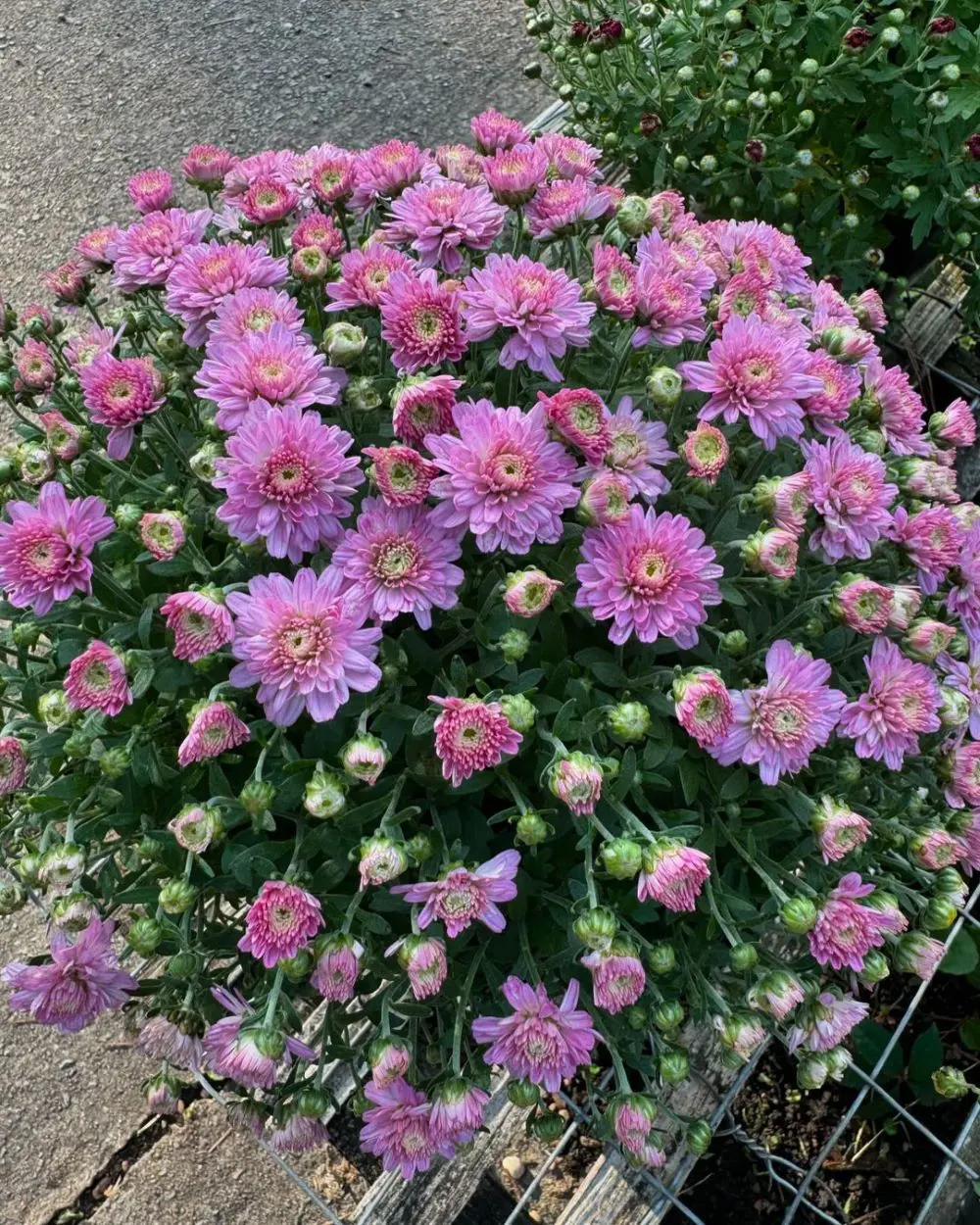How to Prune Lavender
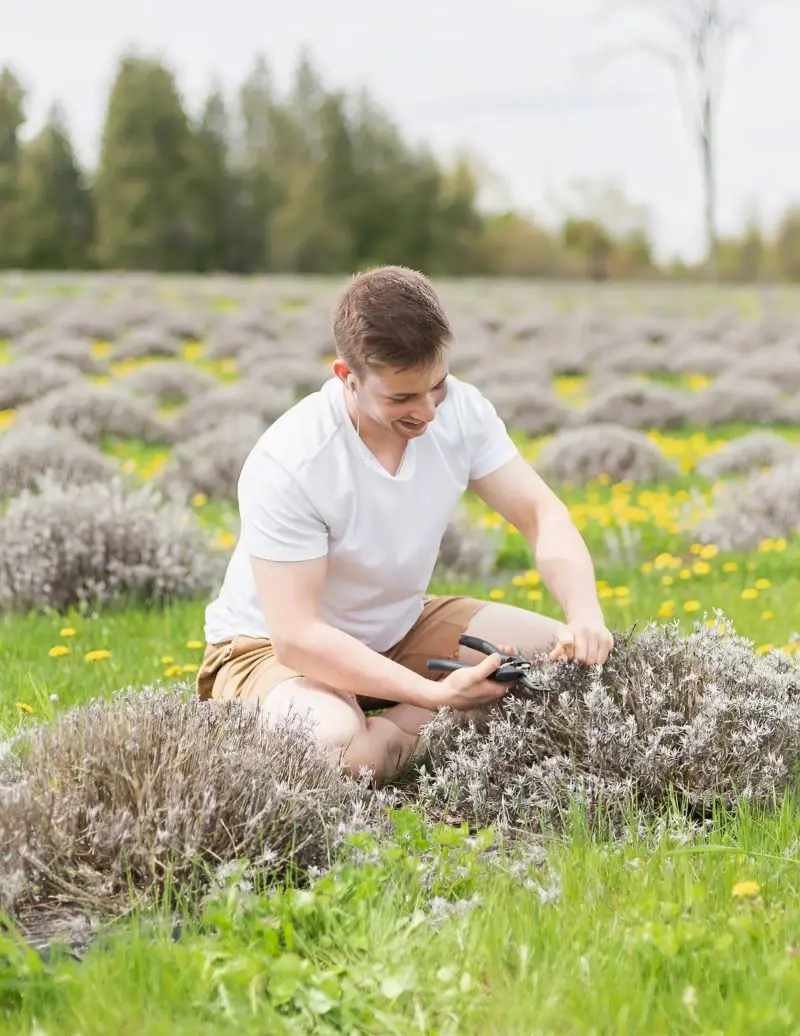
It is not necessary but it always helps to have all the tools you need for lavender pruning.
Everything You Need:
- Pruning Shears: Sharp ones make precise cuts on branches and twigs up to ¾ of an inch.
- Hedge Shears: Ideal for shaping and trimming lavender bushes up to 2 ¼ inches thick.
- Gloves: For better grip and protection from scratches
Ensure the tools are clean and disinfected before pruning lavender to prevent diseases.
1. Deadheading Lavender Blooms
You might notice your lavender flowering without any problems even without deadheading. However, if you remove the old flowers, you plant can focus ite energy solely on flow production instead of seed and flower production. Deadheading spent flowers maintains the plant's appearance and enhances new growth.
To deadhead, remove old/wilted/dried flowers with the pruning shears. You should cut just above the leaf node. When you remove these flowers, you might also save the plant from pests and diseases because old plants are vulnerable to them.
2. Prune Lavender Late in the Season
Lavenders should be pruned after their main flowering, which occurs late in the summer. This way, pruning after flowering keeps the shape of a plant intact and allows new growth.
If lavenders are not cut back, they start developing wood and tend to grow somewhat overgrown, which negatively affects the health and blooming of the shrub in subsequent years.
When flowering has finished, cut the flowered stems back and about one-third of the green growth. This step ensures it does not cut into the old wood, which could contribute to new growth failing to break.
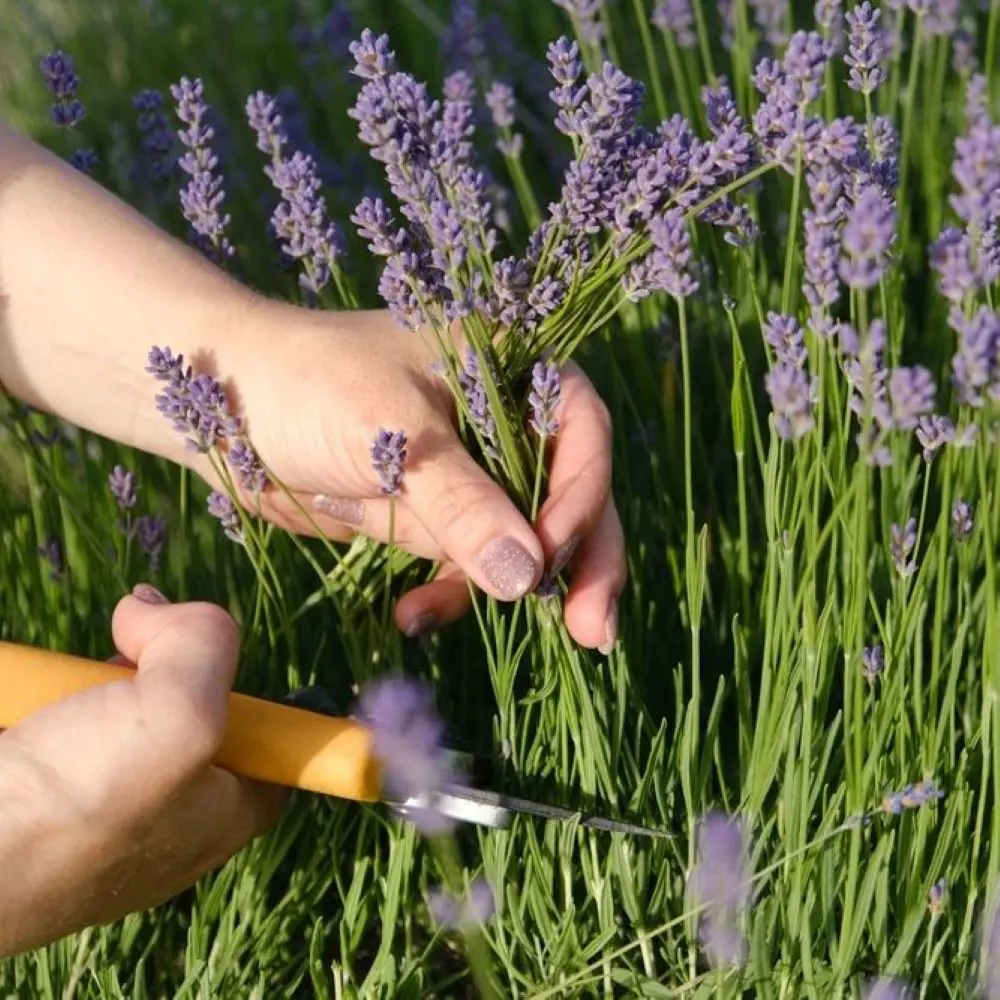
3. Spring Pruning for Maintenance
Spring is a good time to give your lavender a light prune before the growing season starts. This form of pruning maintains the size of the plant and helps remove dead and damaged stems. It also keeps the plant healthy and prevents it from becoming leggy.
Prune any dead branches off in early spring before new growth starts, and lightly tip back the tips of the plant. Be careful not to cut too far into any woody portion of the stem. Pruning in spring sets up healthy growth and heavy blooming for the summer months.
4. Pruning to Prevent Woody Growth
Lavender becomes woody and sparse when left unpruned for some time. This neglect makes it less attractive and lowers its capacity to flower. Regular pruning avoids this; thus, it keeps your lavender bushier and more productive.
At the end of each blooming season, prune almost ⅓ of the plant’s height, but avoid cutting the woody stems. This practice will prevent leggy growth and encourage new ones, keeping it healthy and full
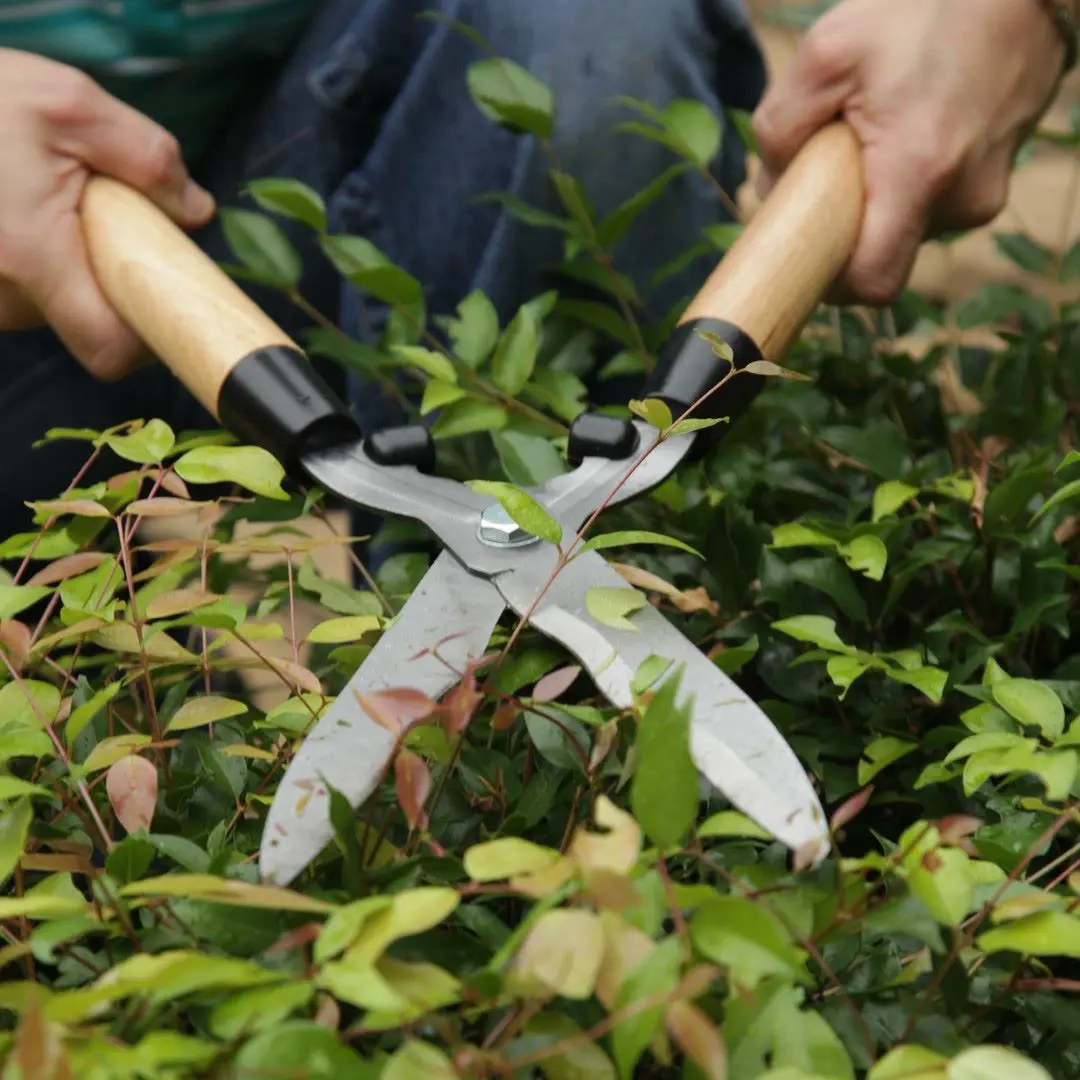
5. Prune Lavender to Shape Them
Pruning also helps the lavender stay neat and round, enhancing its appearance, promoting better aeration, and allowing proper sunlight penetration necessary for healthy growth.
This well-shaped lavender plant will offer more resistance to diseases and pests and produce more flowers.
Immediately after flowering, prune the plant into a consistent, rounded shape using sharp, clean scissors or shears. This practice helps to maintain compact and balanced growth. Shaping your lavender prevents sprawl growth.
6. Lavender Pest Prevention: Lavender Beetles and Moths
While usually hardy, lavender is not immune to the rosemary beetle and moth larvae, the latter causing damage to the leaves and flowers.
Regular pruning keeps these few pests at bay by removing potential sites that favor breeding and allow good air circulation around the plants. Prune regularly to remove dead leaves, which could house potential eggs from pests.
Check for signs of larvae or beetles and immediately remove any infected stems. A well-cared-for lavender plant is more resistant to infestation with pests and remains healthy throughout the year.
